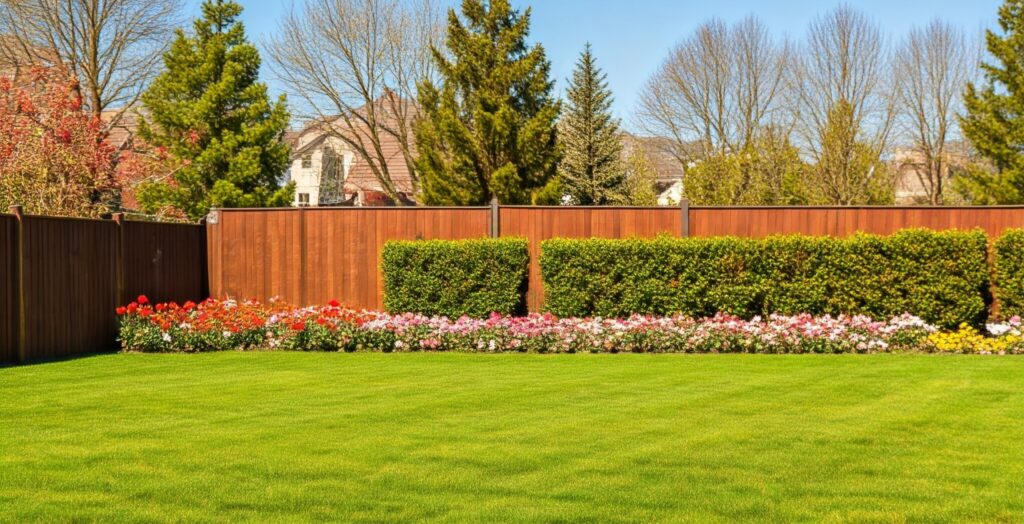When it comes to maintaining a healthy and great-looking lawn in Saratoga Springs, frequency matters just as much as technique. One of the most common questions homeowners face is whether to schedule weekly or bi-weekly lawn mowing—especially as the seasons shift and grass growth changes.
The answer depends on multiple factors: the time of year, your grass type, your lawn goals, and even your lifestyle. Understanding the differences between mowing schedules will help you make the right decision for your yard—and avoid costly mistakes.
Why Weekly Lawn Mowing Works Best
In the spring and early summer, Saratoga Springs lawns grow fast. Weekly lawn mowing helps maintain a clean look, prevents weeds, and keeps grass healthy by following the 1/3 rule—never cutting more than one-third of the blade at a time. It’s the best choice for homeowners who want a consistently lush lawn during peak growing season.
When Bi-Weekly Mowing Makes Sense
Bi-weekly lawn mowing can work well during late summer or slower growth periods. It’s also suitable for secondary homes or if you prefer a more natural look. Just keep in mind that longer intervals between cuts may lead to clumping or uneven results. For tailored care, a professional mowing service can help choose the right schedule for your lawn.
How Saratoga Springs Weather Influences Lawn Mowing Frequency
Utah’s high desert climate means that temperature and rainfall vary widely throughout the year—and this has a direct effect on how often you should mow.
- Spring (March–June): Grass grows rapidly with warming temperatures and increased moisture. Weekly mowing is usually necessary.
- Summer (July–August): Hot, dry conditions slow growth. Bi-weekly may be enough—especially if water use is limited.
- Fall (September–October): Growth picks up again briefly; adjust back to weekly or as needed until dormancy begins.
Knowing how to adapt your mowing schedule to the season helps your lawn stay healthy and reduces unnecessary stress on the turf.
Signs You Need to Adjust Your Mowing Schedule
Not sure if you’re mowing too often—or not enough? Watch for these signs:
- Scalping or browning: Mowing too short or too frequently
- Clumps and uneven patches: Waiting too long between cuts
- Weeds and thinning spots: Infrequent mowing weakens grass density
- Grass growing sideways (not upright): Result of infrequent or one-directional mowing
If you notice these issues, adjusting your schedule—or hiring a professional lawn mowing service—can quickly bring your lawn back to life.
Frequently Asked Questions (FAQs)
Q: Is weekly mowing always better than bi-weekly mowing?
A: Not necessarily. Weekly mowing is best during high-growth periods, but bi-weekly may be fine during hot, dry months when growth slows.
Q: Can I switch between schedules throughout the season?
A: Yes, many homeowners start with weekly mowing in spring and transition to bi-weekly in late summer before going back to weekly in fall.
Q: Will less frequent mowing save money in the long run?
A: It can reduce short-term costs, but inconsistent mowing may lead to long-term problems that require more expensive fixes.
Q: What if I don’t have time to mow consistently?
A: Hiring a professional lawn mowing service ensures your yard stays healthy and beautiful no matter your schedule.

Keep Your Lawn Looking Its Best—All Season Long
Saratoga Mowing offers reliable weekly and bi-weekly lawn mowing services tailored to your yard’s needs. Let us help you find the perfect mowing rhythm for a lush, healthy lawn.


